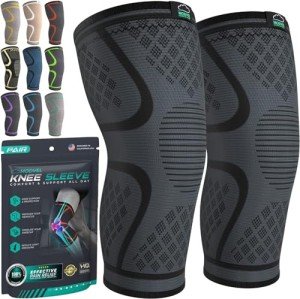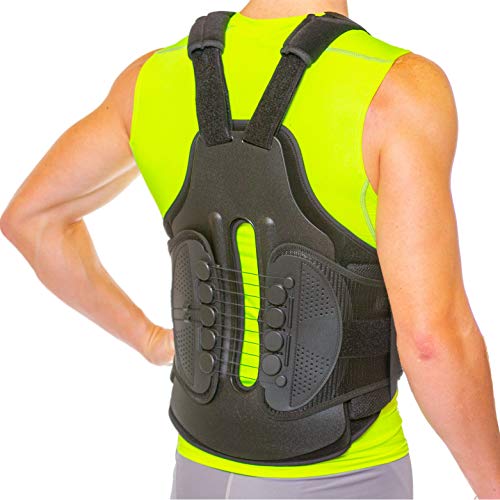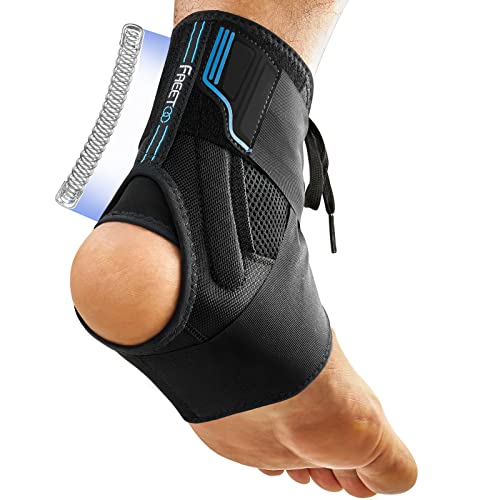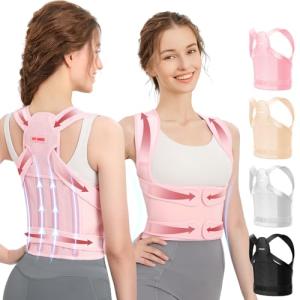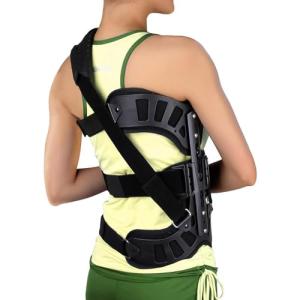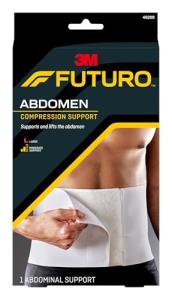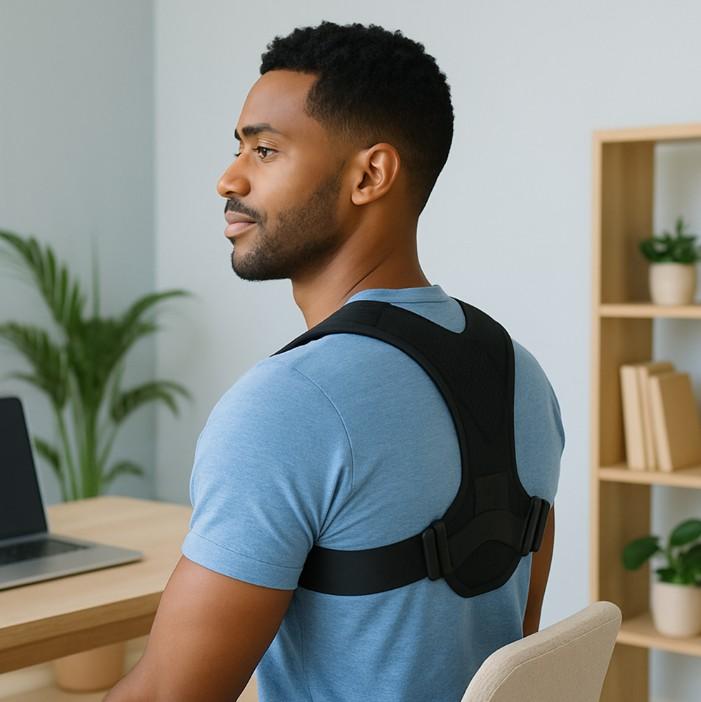Orthopedic braces are essential tools in the recovery and management of various musculoskeletal conditions. They provide support, stability, and pain relief, allowing individuals to maintain mobility and engage in daily activities while healing. However, the effectiveness of orthopedic braces can be significantly enhanced when combined with a targeted exercise regimen. This article will explore the top 10 exercises that complement the use of orthopedic braces, focusing on strengthening, flexibility, and overall rehabilitation for different body parts.
1. Knee Braces: Strengthening the Quadriceps
Exercise: Quad Sets
Quad sets are fundamental exercises that help strengthen the quadriceps muscle, essential for knee stability.
How to Perform:
Sit on the floor with your legs extended.
Tighten the muscles at the front of your thigh (quadriceps) and press the back of your knee flat against the floor.
Hold for 5 seconds, then relax.
Repeat 10-15 times for 2-3 sets.
Benefits:
Enhances knee stability.
Reduces pain and improves function.
Modvel Compression Knee Brace for Women & Men - 2 Pack
Product information
$24.97 $21.22
Product Review Score
4.4 out of 5 stars
38 reviewsProduct links
2. Ankle Braces: Improving Ankle Mobility
Exercise: Ankle Circles
Ankle circles help improve the range of motion and flexibility of the ankle joint.
How to Perform:
Sit or lie down with your leg extended.
Slowly rotate your ankle in a circular motion.
Perform 10 circles in one direction, then switch directions.
Repeat 2-3 times on each ankle.
Benefits:
Increases ankle flexibility.
Enhances joint mobility.
3. Wrist Braces: Strengthening the Wrist Muscles
Exercise: Wrist Flexor Stretch
This stretch targets the muscles of the wrist and forearm, enhancing flexibility and strength.
How to Perform:
Extend your arm in front of you with your palm facing up.
Use your other hand to gently pull your fingers back towards your body.
Hold for 15-30 seconds.
Repeat 2-3 times on each wrist.
Benefits:
Improves wrist flexibility.
Reduces stiffness and enhances muscle strength.
4. Back Braces: Strengthening the Core
Exercise: Pelvic Tilts
Pelvic tilts strengthen the lower back and abdominal muscles, providing better support for the spine.
How to Perform:
Lie on your back with your knees bent and feet flat on the floor.
Tighten your abdominal muscles and flatten your back against the floor.
Hold for 5 seconds, then relax.
Repeat 10-15 times for 2-3 sets.
Benefits:
Strengthens core muscles.
Reduces lower back pain and improves posture.
TLSO Thoracic Full Back Brace
Product information
$269.00
Product Review Score
4.36 out of 5 stars
58 reviewsProduct links
5. Shoulder Braces: Enhancing Shoulder Stability
Exercise: Shoulder Blade Squeezes
Shoulder blade squeezes help improve posture and strengthen the muscles around the shoulder blades.
How to Perform:
Sit or stand with your arms at your sides.
Squeeze your shoulder blades together as if you are trying to hold a pencil between them.
Hold for 5 seconds, then relax.
Repeat 10-15 times for 2-3 sets.
Benefits:
Improves shoulder stability.
Enhances posture and reduces shoulder pain.
6. Elbow Braces: Strengthening the Elbow Flexors
Exercise: Bicep Curls
Bicep curls target the muscles of the upper arm, enhancing strength and stability.
How to Perform:
Stand or sit with a dumbbell in each hand, arms at your sides.
Slowly curl the weights towards your shoulders.
Lower the weights back to the starting position.
Repeat 10-15 times for 2-3 sets.
Benefits:
Strengthens elbow flexors.
Enhances arm stability and function.
7. Hip Braces: Strengthening the Hip Muscles
Exercise: Hip Bridges
Hip bridges are effective for strengthening the gluteal and hip muscles, which support the hip joint.
How to Perform:
Lie on your back with your knees bent and feet flat on the floor.
Lift your hips towards the ceiling, squeezing your glutes.
Hold for 5 seconds, then lower your hips back down.
Repeat 10-15 times for 2-3 sets.
Benefits:
Strengthens hip and gluteal muscles.
Enhances hip stability and reduces pain.
8. Ankle Braces: Strengthening the Calf Muscles
Exercise: Calf Raises
Calf raises target the calf muscles, improving ankle stability and strength.
How to Perform:
Stand with your feet hip-width apart, holding onto a chair or wall for balance.
Slowly rise up onto your toes, then lower back down.
Repeat 10-15 times for 2-3 sets.
Benefits:
Strengthens calf muscles.
Improves ankle stability and balance.
Metal Ankle Brace for Injury Recovery and Support
Get Back on Your Feet with Our Durable Metal Ankle Brace for Injury Recovery and Support
Product information
$29.99
Product Review Score
4.61 out of 5 stars
203 reviewsProduct links
9. Thumb Braces: Strengthening the Thumb Muscles
Exercise: Thumb Opposition
Thumb opposition exercises enhance the strength and flexibility of the thumb muscles.
How to Perform:
Touch the tip of your thumb to the tip of each finger, one at a time.
Hold each position for 5 seconds.
Repeat 10-15 times for 2-3 sets.
Benefits:
Enhances thumb strength and flexibility.
Improves grip and hand function.
10. Neck Braces: Improving Neck Flexibility
Exercise: Neck Stretches
Neck stretches help maintain flexibility and reduce stiffness in the neck muscles.
How to Perform:
Sit or stand with your back straight.
Slowly tilt your head to one side, bringing your ear towards your shoulder.
Hold for 15-30 seconds, then switch sides.
Repeat 2-3 times on each side.
Benefits:
Increases neck flexibility.
Reduces stiffness and pain.
Integrating Exercises with Brace Use
Combining the use of orthopedic braces with targeted exercises provides a holistic approach to recovery and rehabilitation. Here are some tips for integrating these exercises into your routine:
Consult with a Healthcare Professional: Always consult with a physician or physical therapist before starting any new exercise regimen. They can provide personalized recommendations based on your specific condition and needs.
Start Slow: Begin with low-intensity exercises and gradually increase the intensity as your strength and flexibility improve.
Listen to Your Body: Pay attention to how your body responds to the exercises. If you experience increased pain or discomfort, stop the exercise and consult with your healthcare provider.
Consistency is Key: Regularly performing these exercises, even when you start feeling better, is crucial for maintaining strength and preventing future injuries.
Proper Technique: Ensure you perform each exercise with proper form to avoid injury and maximize benefits. If you're unsure about your technique, consider working with a physical therapist or trainer.
Combine with Other Therapies: In addition to exercises, consider incorporating other therapies such as massage, heat/cold therapy, or aquatic therapy to further support your recovery.
Conclusion
Orthopedic braces play a vital role in providing support and stability for various musculoskeletal conditions. However, their effectiveness is significantly enhanced when combined with a targeted exercise regimen. The exercises outlined in this article are designed to complement the use of braces by strengthening muscles, improving flexibility, and aiding in overall rehabilitation. By integrating these exercises into your routine and following the guidance of healthcare professionals, you can optimize your recovery, reduce pain, and regain your strength and mobility.
Remember, each individual's recovery journey is unique. It's essential to personalize your exercise regimen to your specific needs and capabilities. With dedication and consistency, you can achieve significant improvements in your physical health and well-being.

